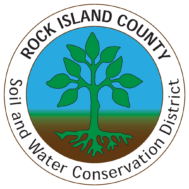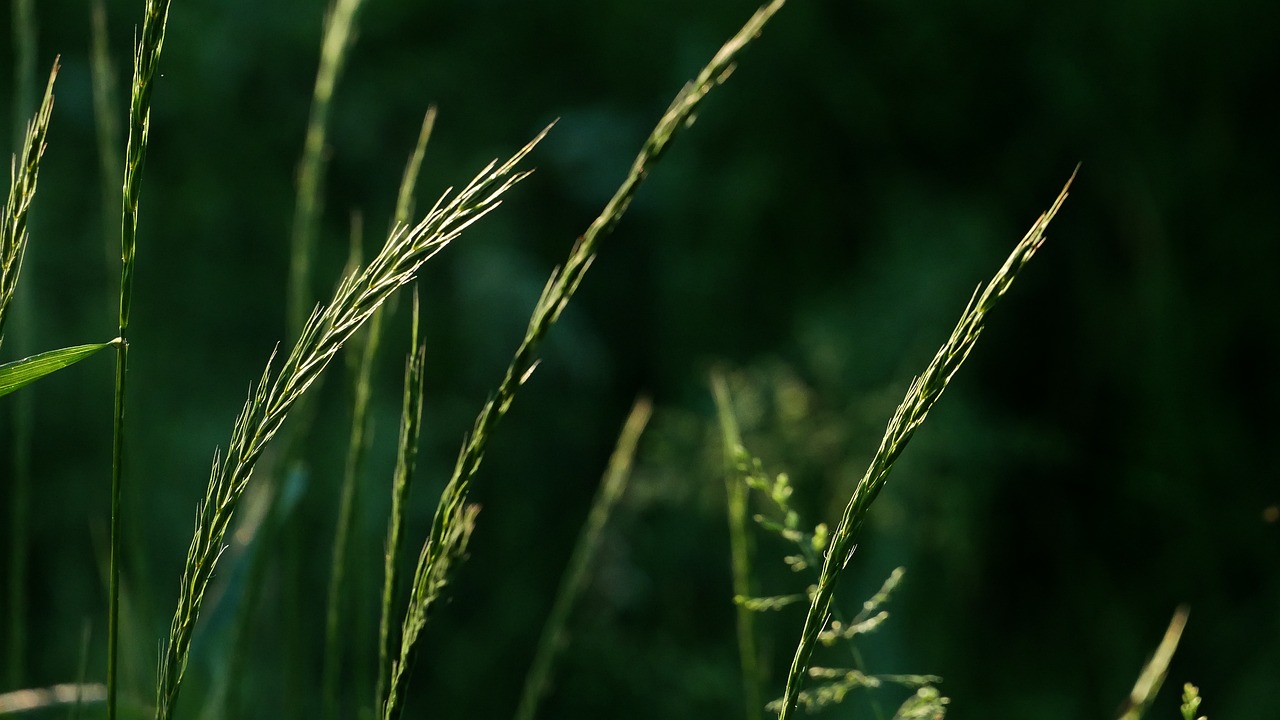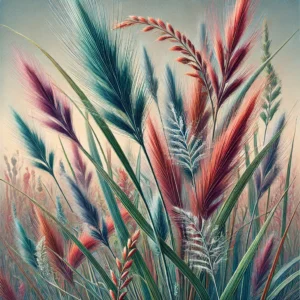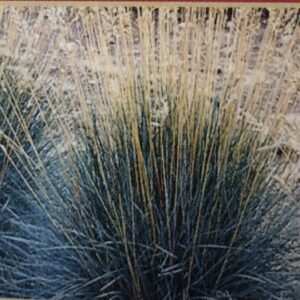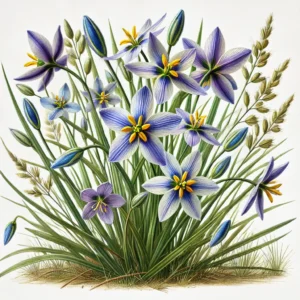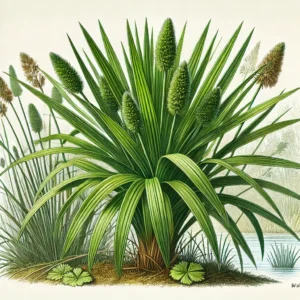June Grass (Koeleria macrantha), also known as Koeleria or prairie Junegrass, is a perennial grass native to North America. It’s appreciated for its adaptability and use in various ecological and landscaping applications. June Grass is a valuable and versatile plant for those looking to enhance native plant gardens, restore prairies, or create naturalistic landscapes. Its adaptability and understated beauty make it a practical choice for various ecological and ornamental purposes.
Appearance:
Height: Typically grows 12 to 24 inches tall, though it can occasionally reach up to 30 inches in optimal conditions
Leaves: Narrow and linear, the leaves are usually 1/8 to 1/4 inch wide and up to 10 inches long. They are often a bluish-green color and can take on a slightly grayish hue in dry conditions.
Flowers: Produces small, delicate flower heads that are typically greenish or purplish. The flowering stems are slender and appear as loose, open panicles.
Seed Heads: The seed heads are small, cylindrical, and can have a soft, feathery appearance. They are not very showy compared to some other grasses but are an important food source for wildlife.
Habitat:
Range: Native to North America, particularly in the Great Plains, prairie regions, and open woodlands.
Soil: Prefers well-drained, sandy, or loamy soils. It can tolerate a range of soil types, including poor and dry soils.
Climate: Thrives in temperate climates. It is drought-tolerant and adapted to varying moisture levels, from dry conditions to more moderate wet conditions.
Wildlife: Provides habitat and food for various wildlife, including insects, birds, and small mammals. Its seeds are an important food source for many bird species.
Pollinators: Attracts pollinators like bees and butterflies, although it is less conspicuous in this regard compared to more showy flowers.
Uses:
Landscaping: Often used in native plant gardens, prairie restorations, and naturalized landscapes. It is valued for its fine texture and subtle beauty, adding a soft, airy quality to garden designs.
Aesthetic: Provides a natural look with its delicate, fine foliage and understated flower heads. It can be used to create a soft contrast with larger, more showy plants.
Livestock: Sometimes used as forage for livestock, though it is not as commonly used as other grasses. It can be a nutritious option in certain grazing situations.
Conservation: Used in prairie restoration and conservation projects due to its ability to thrive in a range of soil conditions and its role in supporting local ecosystems.
Cultivation Tips:
Planting: Sow seeds directly into the garden or prairie area after the last frost. It can also be started indoors and transplanted. Space plants about 12 to 18 inches apart to allow for their growth.
Sunlight: Requires full sun to thrive. It needs at least 6 hours of direct sunlight per day.
Watering: Generally drought-tolerant once established but benefits from regular watering during the establishment phase.
Maintenance: Low-maintenance. It typically does not require much care beyond occasional weeding and watering during dry periods.
Considerations:
Invasiveness: June Grass is generally not considered invasive and is well-suited for naturalized and native plant gardens.
Pests and Diseases: It is relatively resistant to pests and diseases, but like all plants, it benefits from regular monitoring to address any potential issues promptly.
